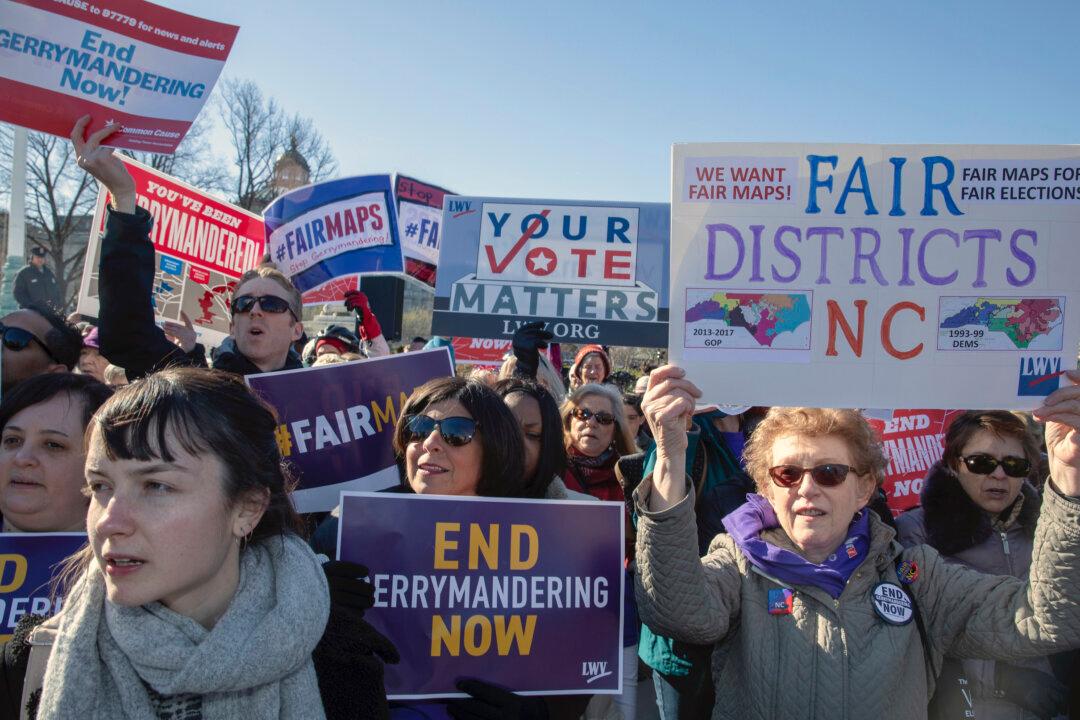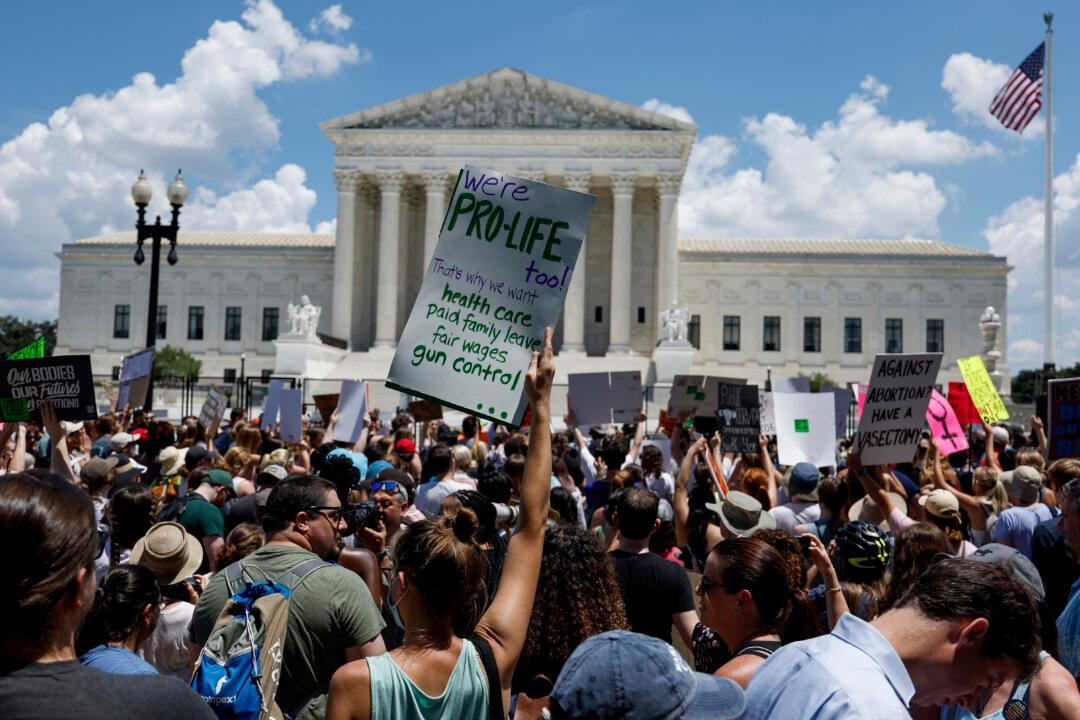Republicans want to repeat in 2020 the success of the 2010 state elections, when they won 7 gubernatorial races and 21 state legislative chambers. But Democrats across the country are vowing not to let that happen. Both parties have created fundraising and research organizations to focus on battleground state legislative races—especially when there is a chance to flip or keep control of a chamber—with the long-term goal of controlling redistricting.
“Our work is now more important than ever before because if Republicans don’t win in states where the Legislature plays a critical role in redistricting, our party won’t win a majority in the U.S. House for the next decade,” read a statement from Ron Weiser, the finance chair of the Republican State Leadership Committee (RSLC).





